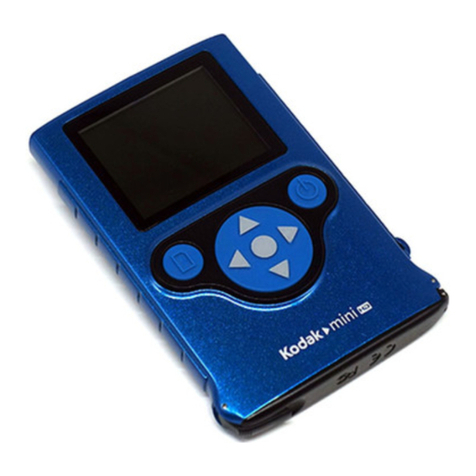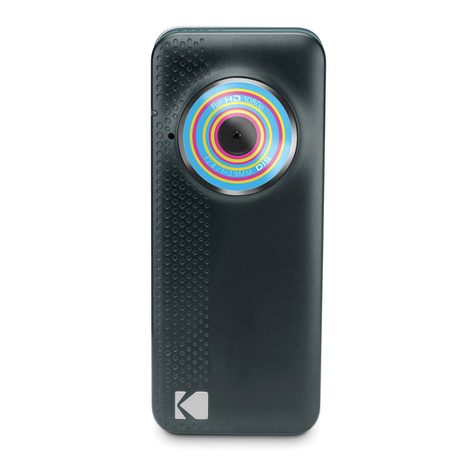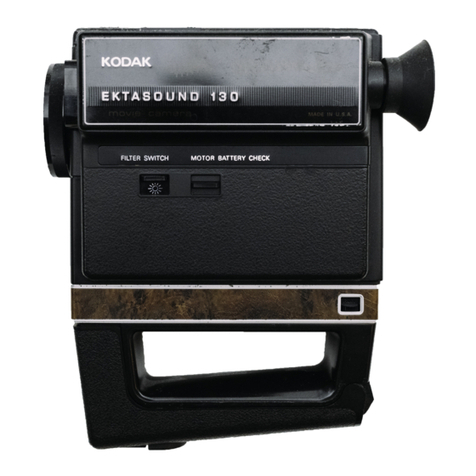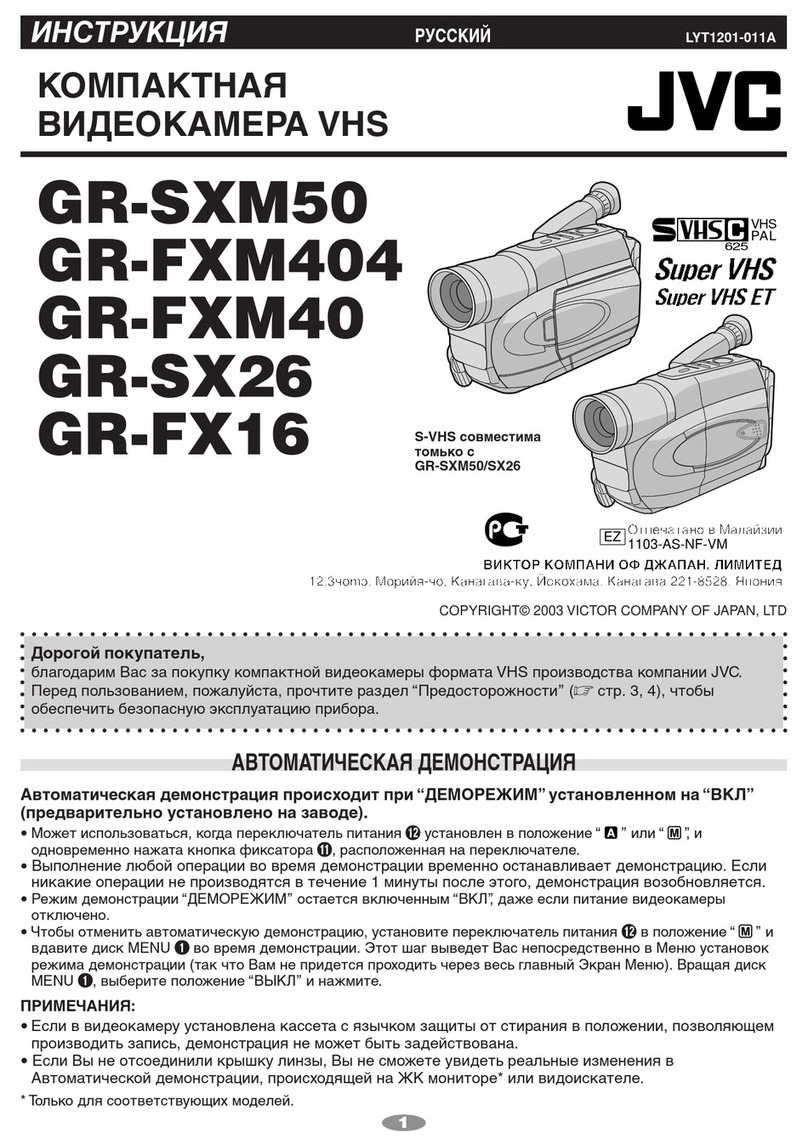Kodak SIX-20 Brownie User manual
Other Kodak Camcorder manuals
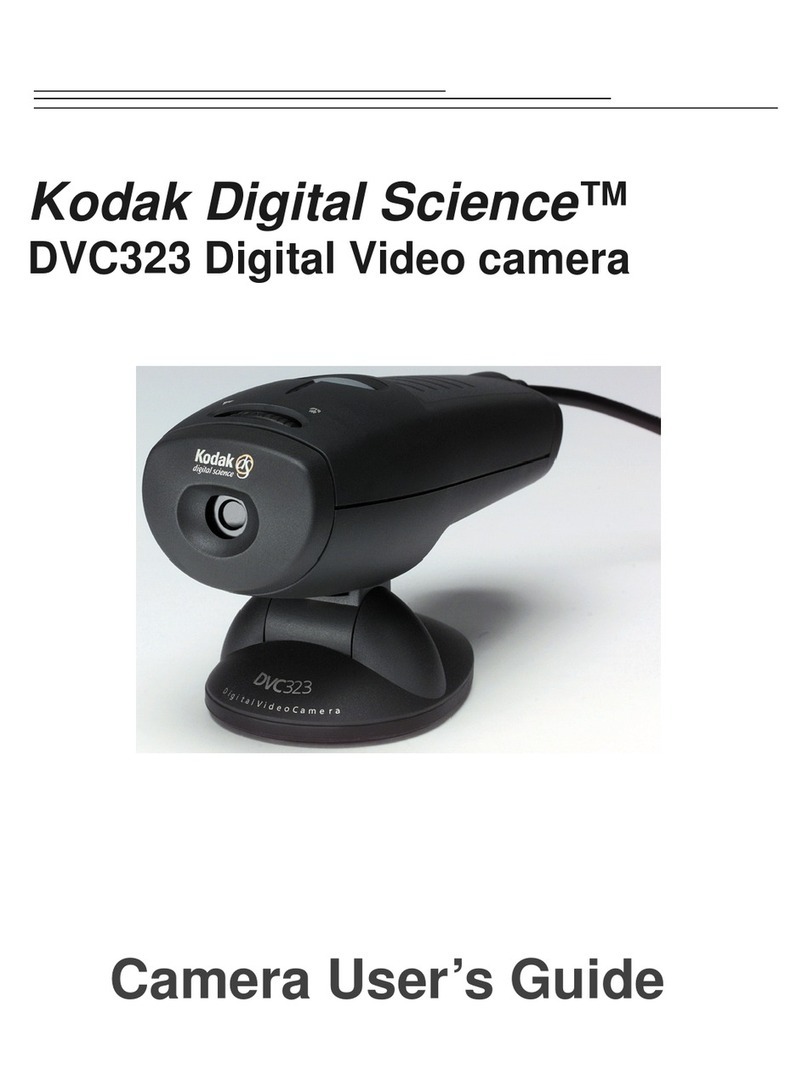
Kodak
Kodak Digital ScienceDVC323 User manual

Kodak
Kodak Pixpro SPZ1 User manual

Kodak
Kodak PalmPix m100 Manual
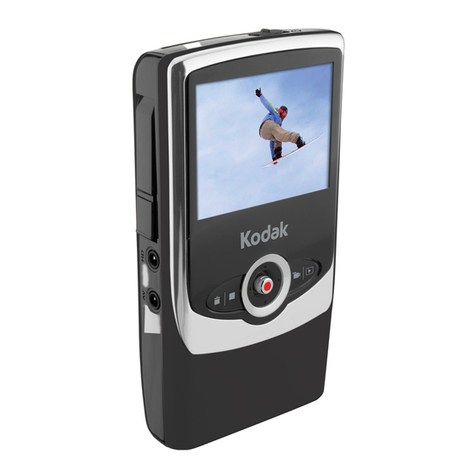
Kodak
Kodak ZI6 - Pocket Video Camera Camcorder User manual
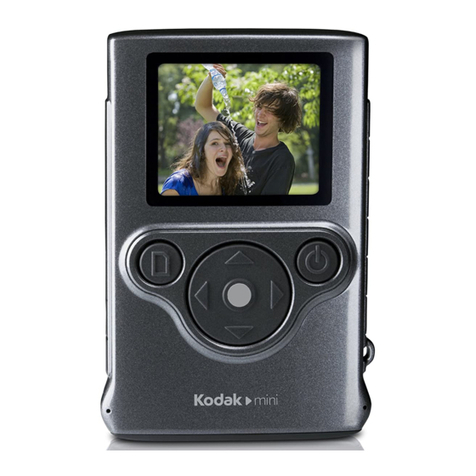
Kodak
Kodak ZM1 Service manual

Kodak
Kodak Zx1 - Zx1 1.6MP 2x Digital Zoom 720p High Definition Weather-Resistant Pocket Video... User manual
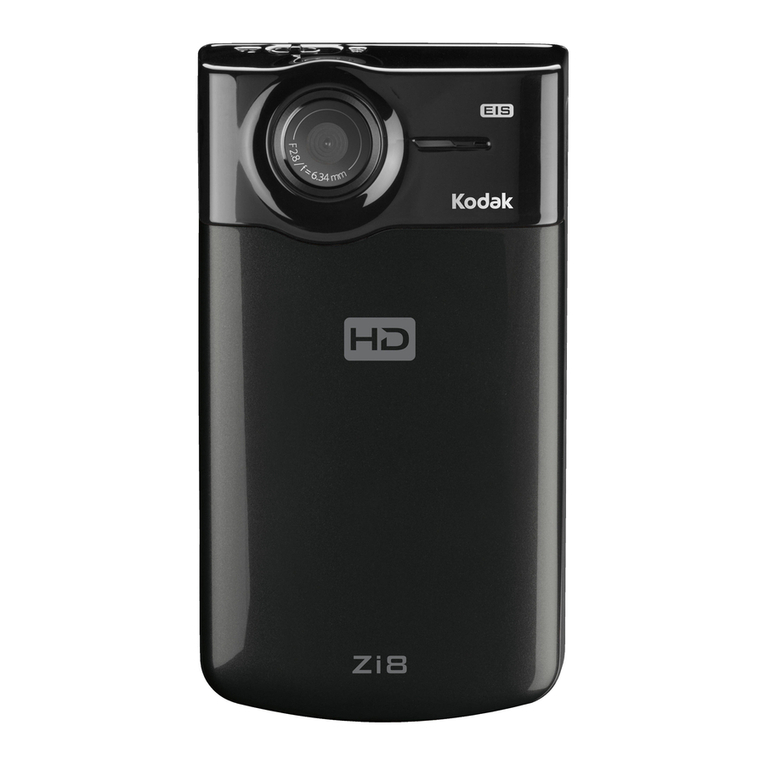
Kodak
Kodak ELDT zi8 Service manual
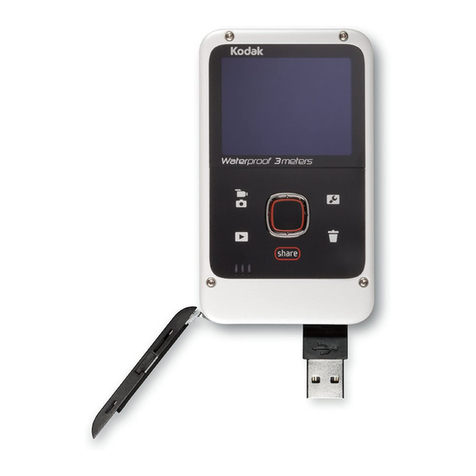
Kodak
Kodak ZE2 User manual
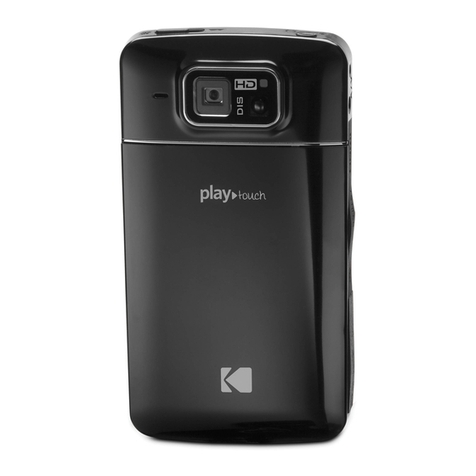
Kodak
Kodak PLAYTOUCH ZI10 User manual
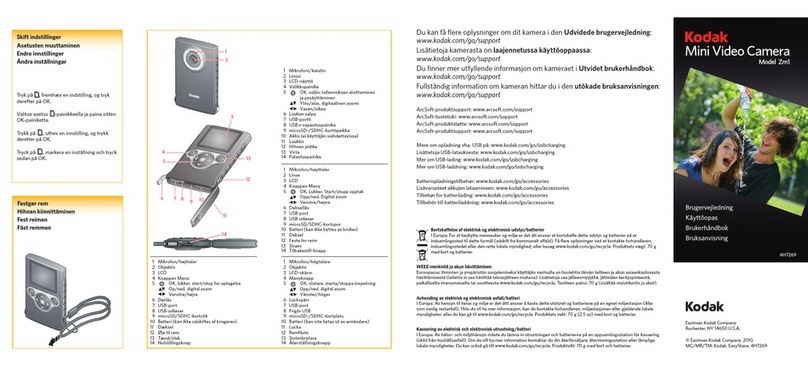
Kodak
Kodak ZM1 User manual

Kodak
Kodak PLAYSPORT Zx5 User manual

Kodak
Kodak ZI6 - Pocket Video Camera Camcorder User manual

Kodak
Kodak ELDT zi8 User manual
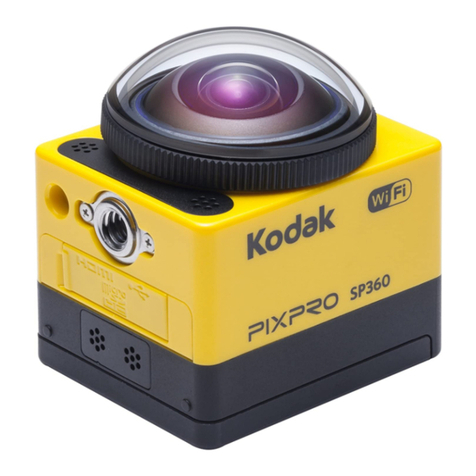
Kodak
Kodak PIXPRO SP360 User manual

Kodak
Kodak ELDT zi8 Service manual

Kodak
Kodak PLAYTOUCH ZI10 User manual
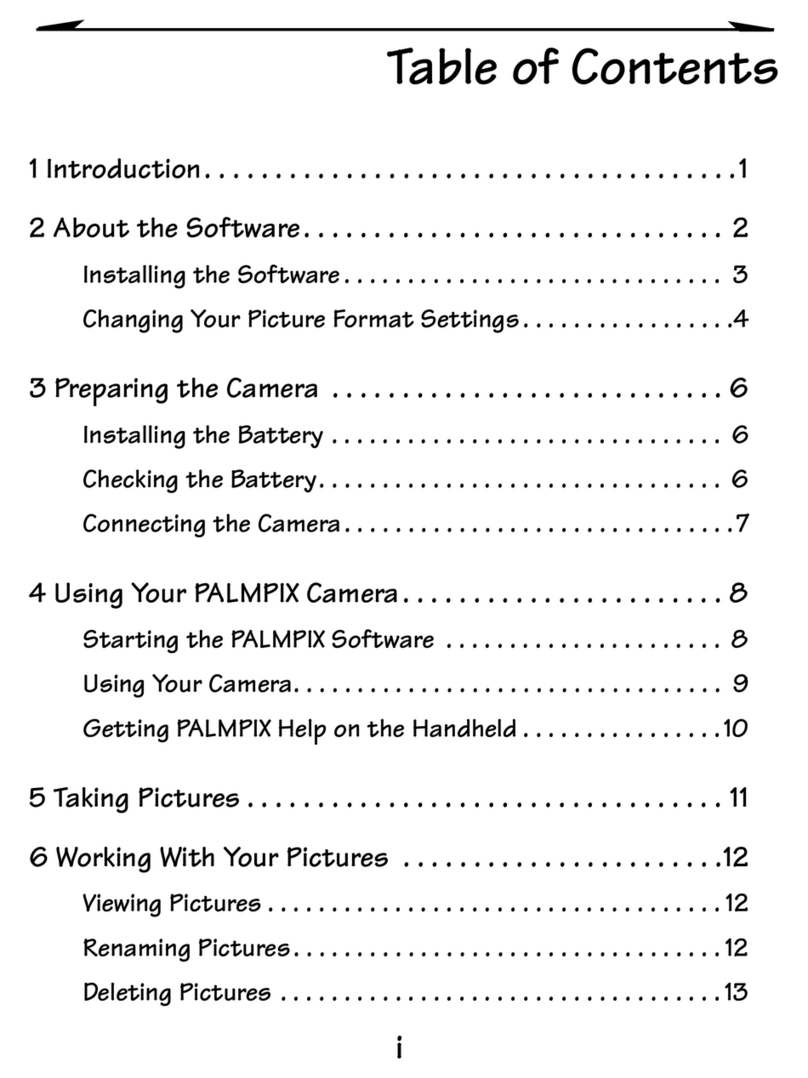
Kodak
Kodak PalmPix m100 User manual
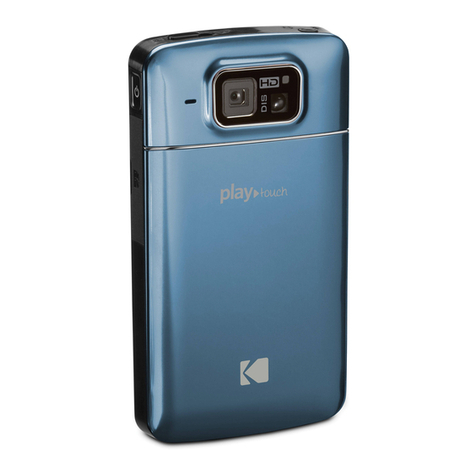
Kodak
Kodak PlayTouch User manual

Kodak
Kodak C10 User manual

Kodak
Kodak PLAYSPORT Zx3 User manual
